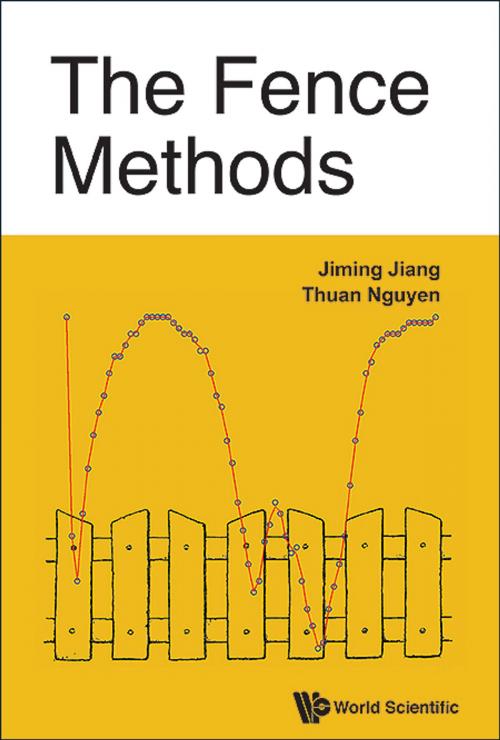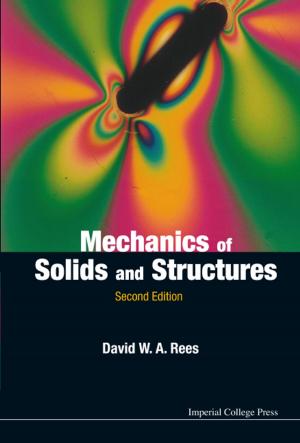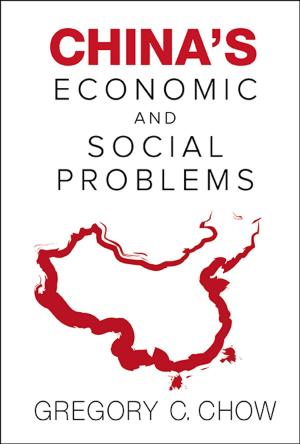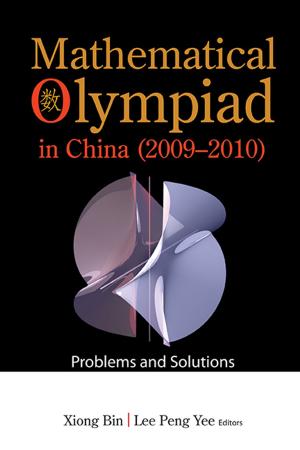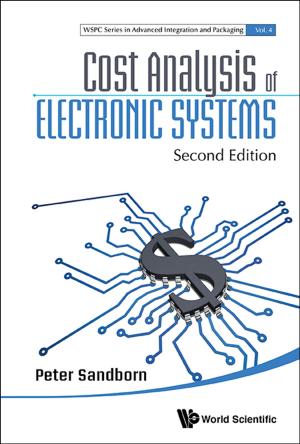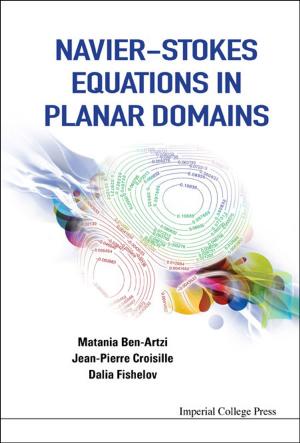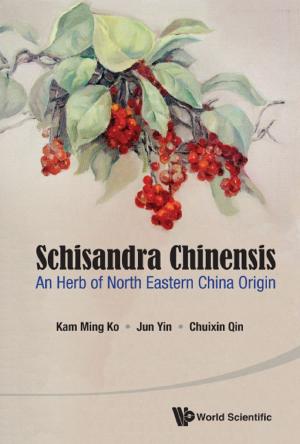| Author: | Jiming Jiang, Thuan Nguyen | ISBN: | 9789814596084 |
| Publisher: | World Scientific Publishing Company | Publication: | September 22, 2015 |
| Imprint: | WSPC | Language: | English |
| Author: | Jiming Jiang, Thuan Nguyen |
| ISBN: | 9789814596084 |
| Publisher: | World Scientific Publishing Company |
| Publication: | September 22, 2015 |
| Imprint: | WSPC |
| Language: | English |
This book is about a recently developed class of strategies, known as the fence methods, which fits particularly well in non-conventional and complex model selection problems with practical considerations. The idea involves a procedure to isolate a subgroup of what are known as correct models, of which the optimal model is a member. This is accomplished by constructing a statistical fence, or barrier, to carefully eliminate incorrect models. Once the fence is constructed, the optimal model is selected from amongst those within the fence according to a criterion which can be made flexible. In particular, the criterion of optimality can incorporate consideration of practical interest, thus making model selection a real life practice.
Furthermore, this book introduces a data-driven approach, called adaptive fence, which can be used in a wide range of problems involving determination of tuning parameters, or constants. Instead of relying on asymptotic theory, the fence focuses on finite-sample performance, and computation. Such features are particularly suitable to statistics in the new era.
Contents:
- Introduction
- Examples
- Adaptive Fence
- Restricted Fence
- Invisible Fence
- Fence Methods for Small Area Estimation and Related Topics
- Shrinkage Selection Methods
- Model Selection with Incomplete Data
- Theoretical Properties
Readership: Graduates and researchers interested in a new class of strategies for model selection.
Key Features:
- Introduces a general data-driven procedure, and let the data speak in choosing some critical tuning constants
- Targets non-conventional and complex problems, and focuses on finite-sample performance and computation
- Makes model selection a real life practice
This book is about a recently developed class of strategies, known as the fence methods, which fits particularly well in non-conventional and complex model selection problems with practical considerations. The idea involves a procedure to isolate a subgroup of what are known as correct models, of which the optimal model is a member. This is accomplished by constructing a statistical fence, or barrier, to carefully eliminate incorrect models. Once the fence is constructed, the optimal model is selected from amongst those within the fence according to a criterion which can be made flexible. In particular, the criterion of optimality can incorporate consideration of practical interest, thus making model selection a real life practice.
Furthermore, this book introduces a data-driven approach, called adaptive fence, which can be used in a wide range of problems involving determination of tuning parameters, or constants. Instead of relying on asymptotic theory, the fence focuses on finite-sample performance, and computation. Such features are particularly suitable to statistics in the new era.
Contents:
- Introduction
- Examples
- Adaptive Fence
- Restricted Fence
- Invisible Fence
- Fence Methods for Small Area Estimation and Related Topics
- Shrinkage Selection Methods
- Model Selection with Incomplete Data
- Theoretical Properties
Readership: Graduates and researchers interested in a new class of strategies for model selection.
Key Features:
- Introduces a general data-driven procedure, and let the data speak in choosing some critical tuning constants
- Targets non-conventional and complex problems, and focuses on finite-sample performance and computation
- Makes model selection a real life practice
